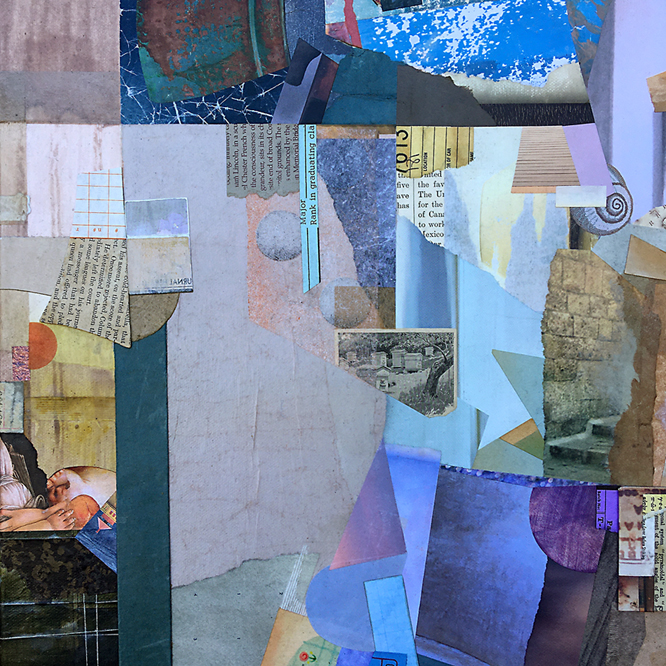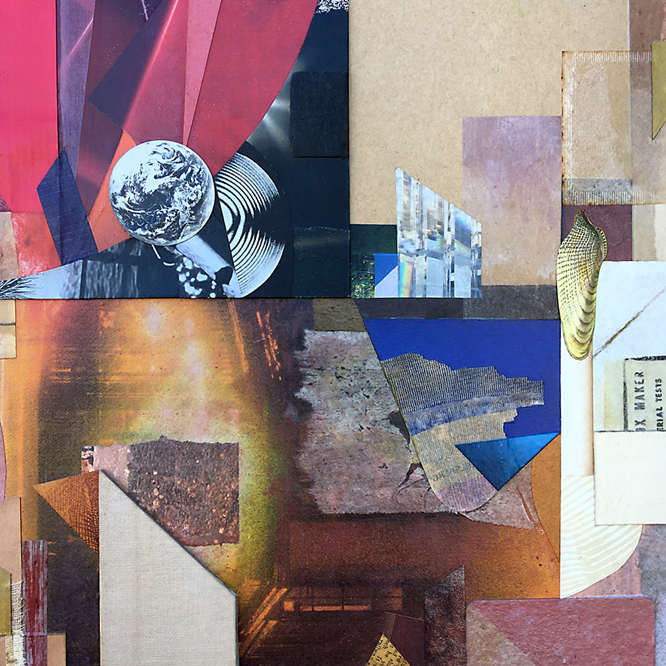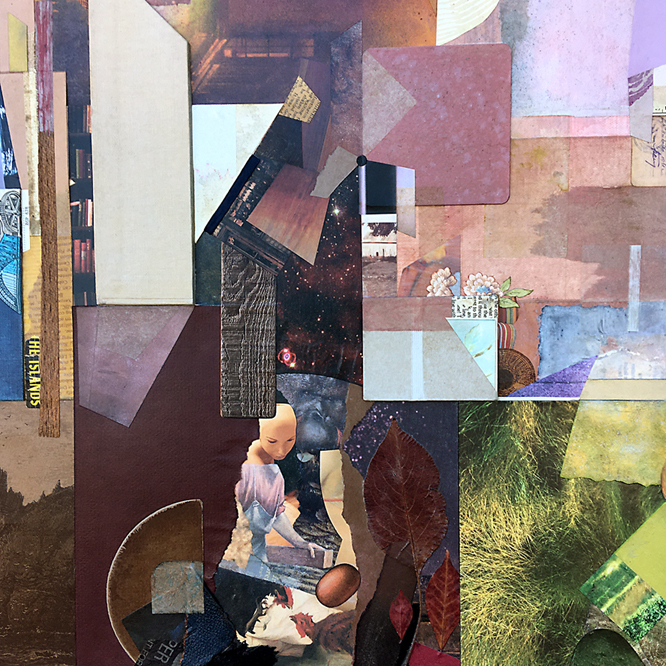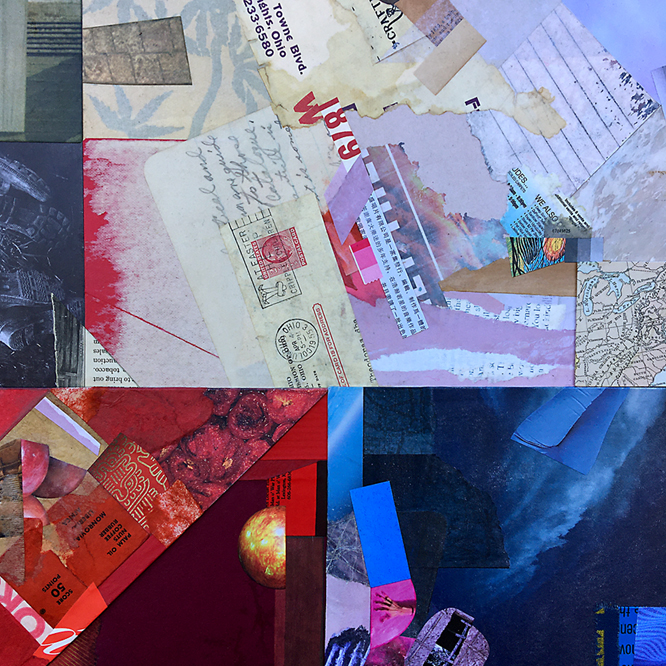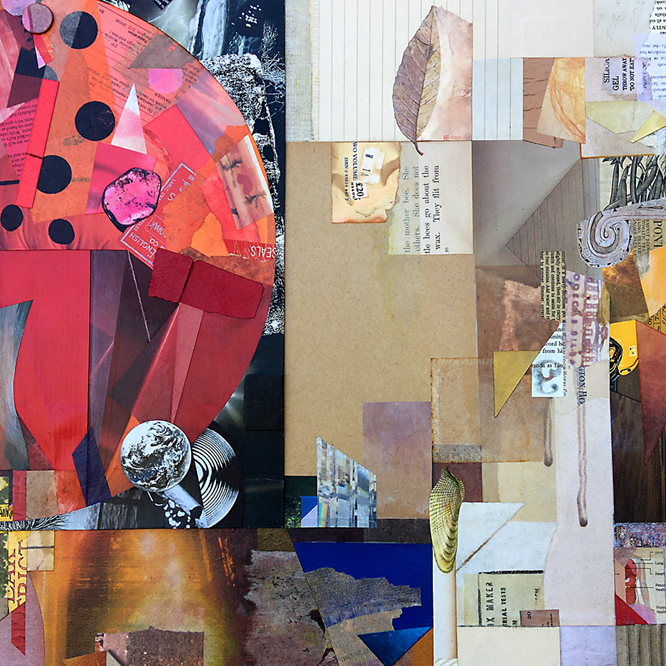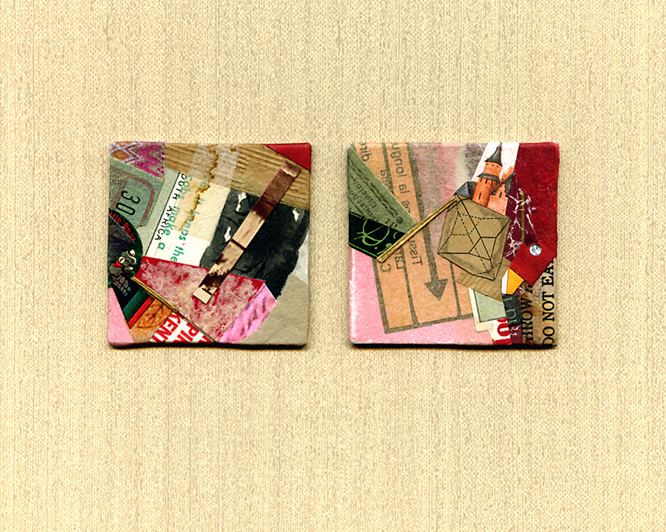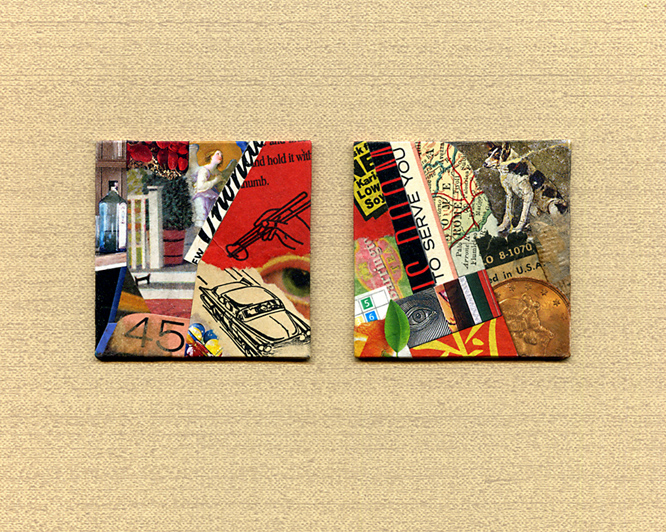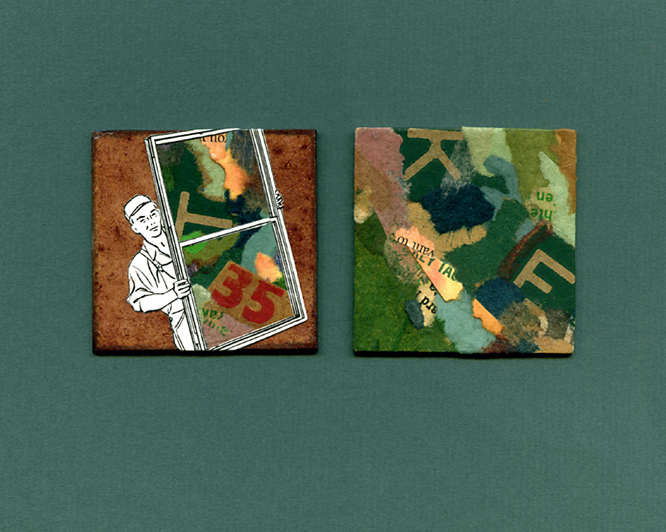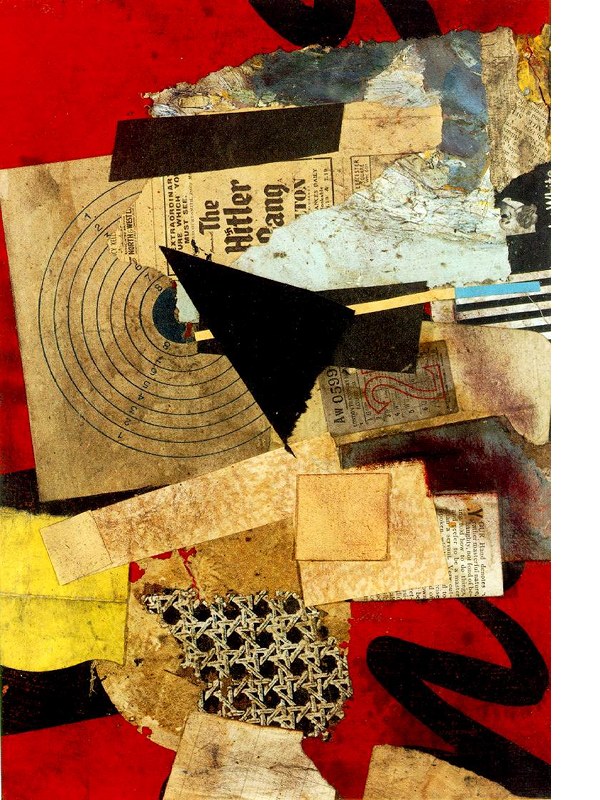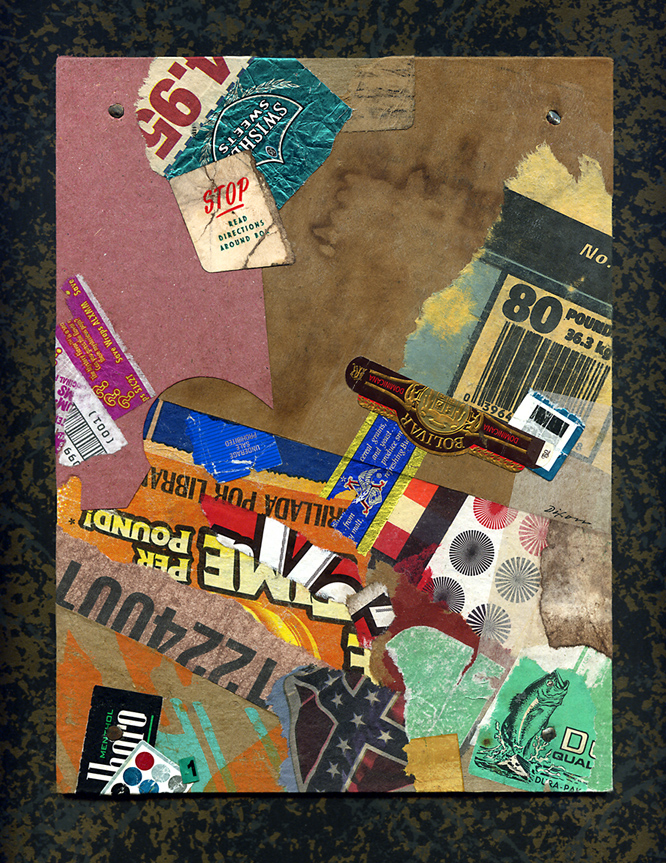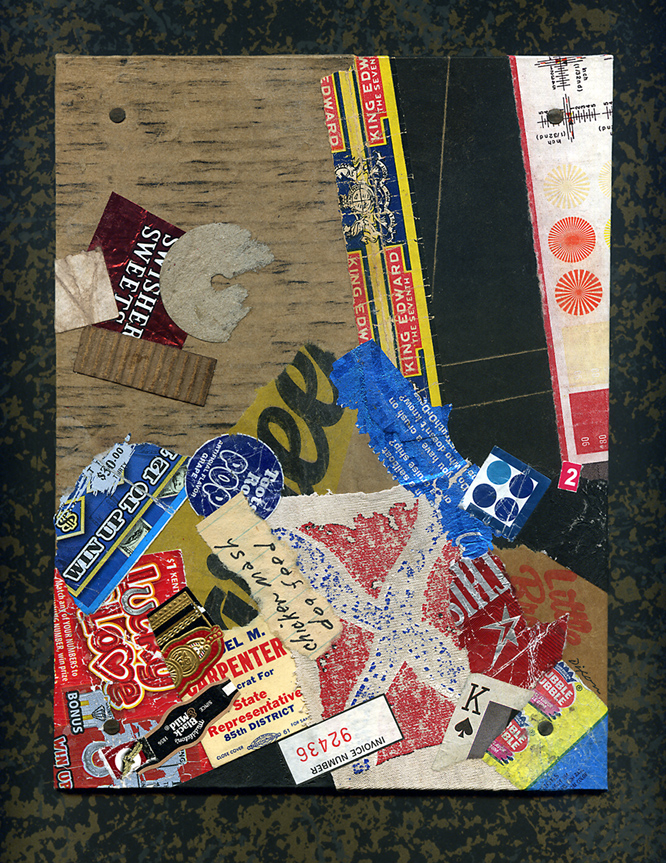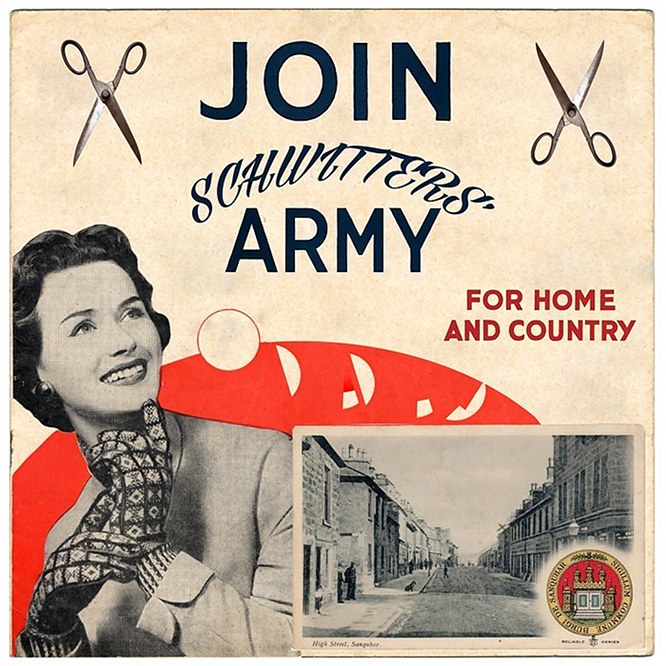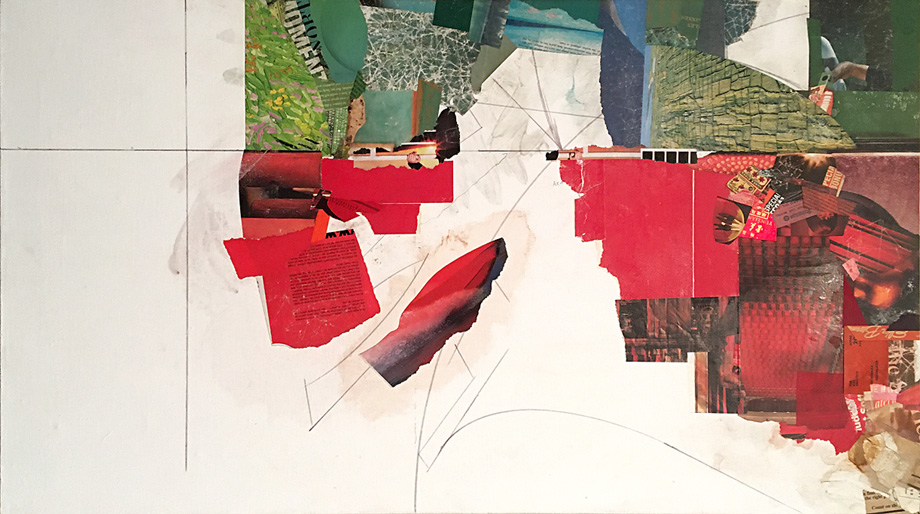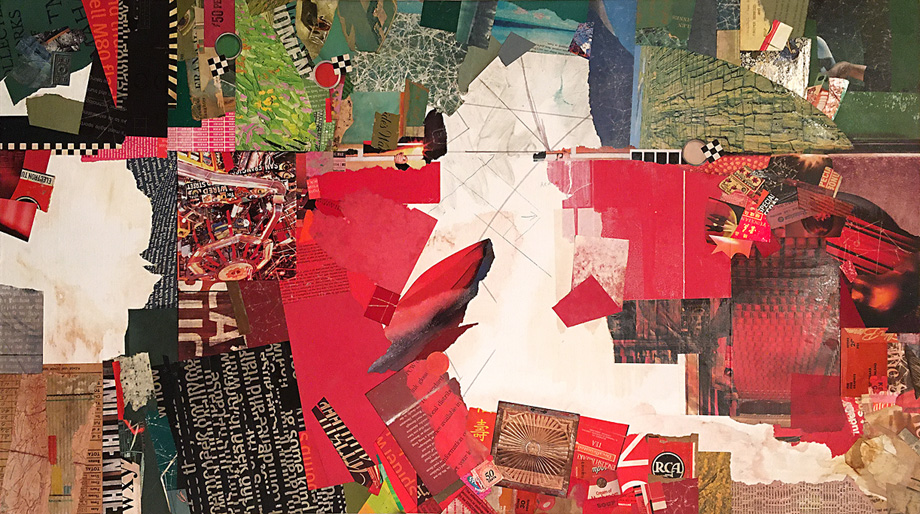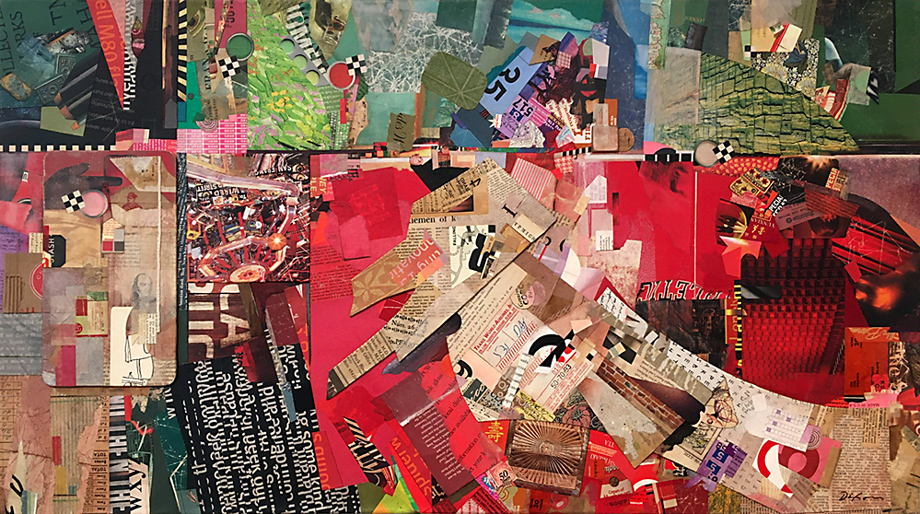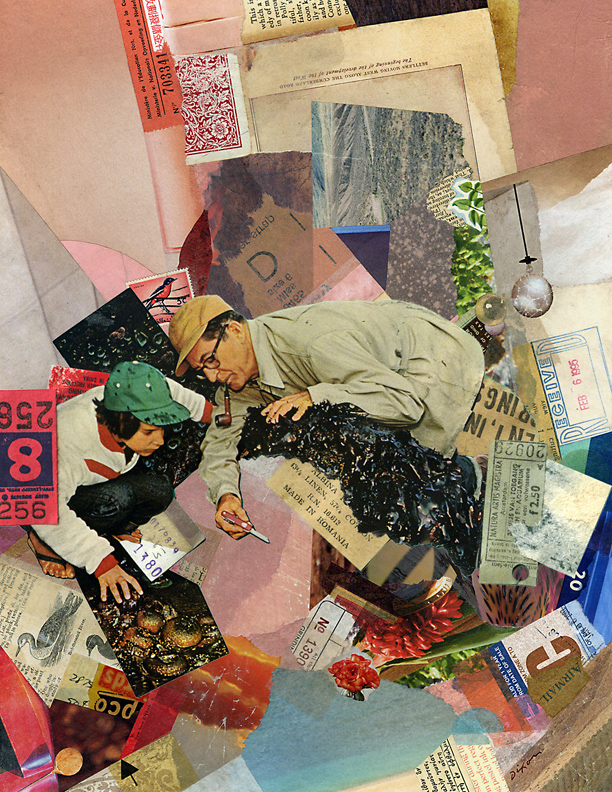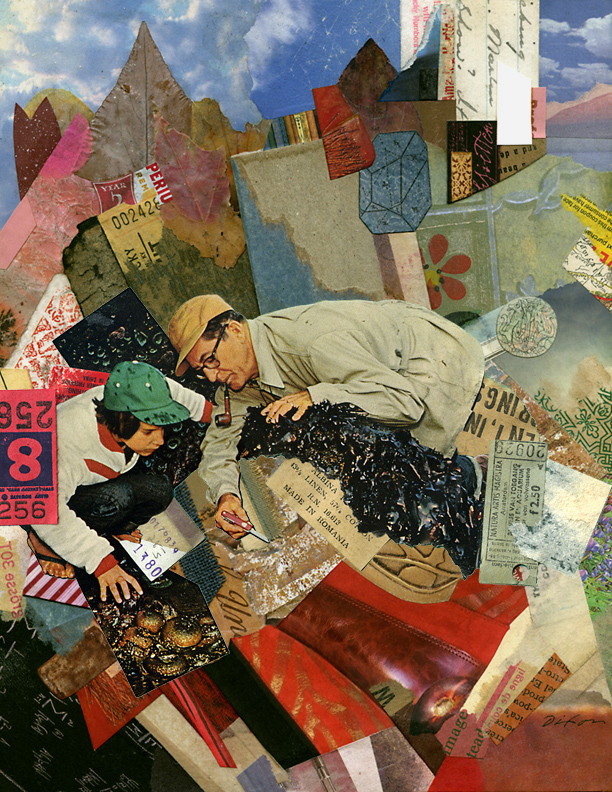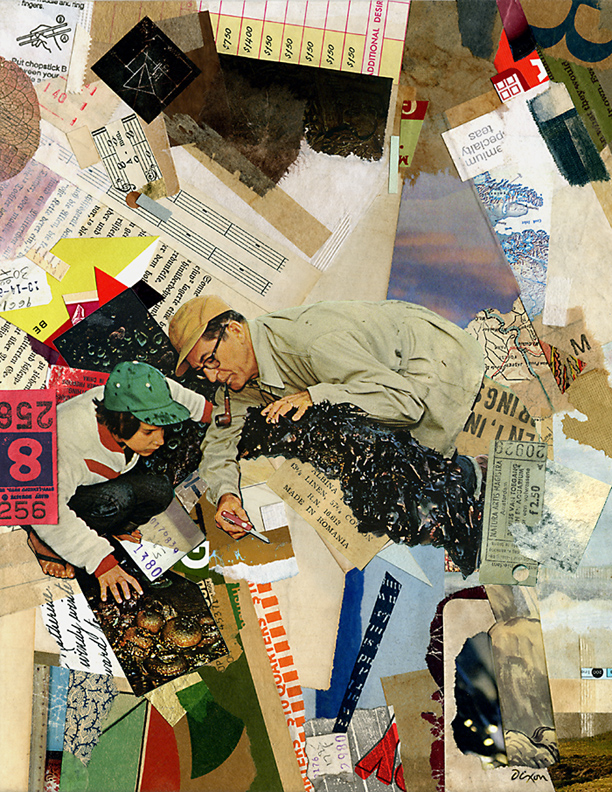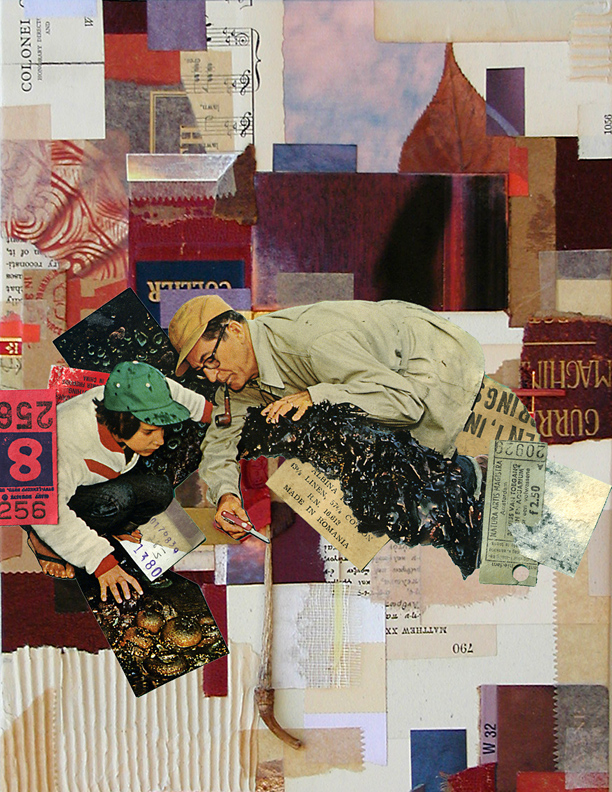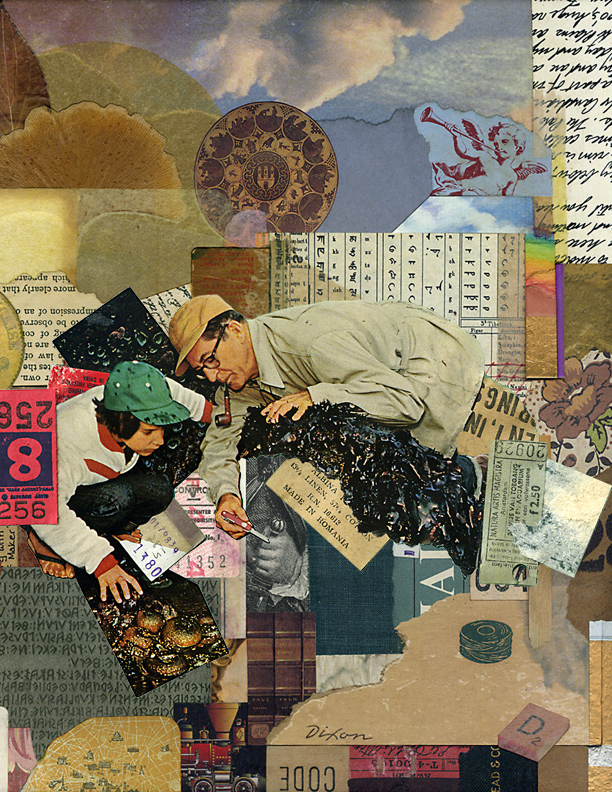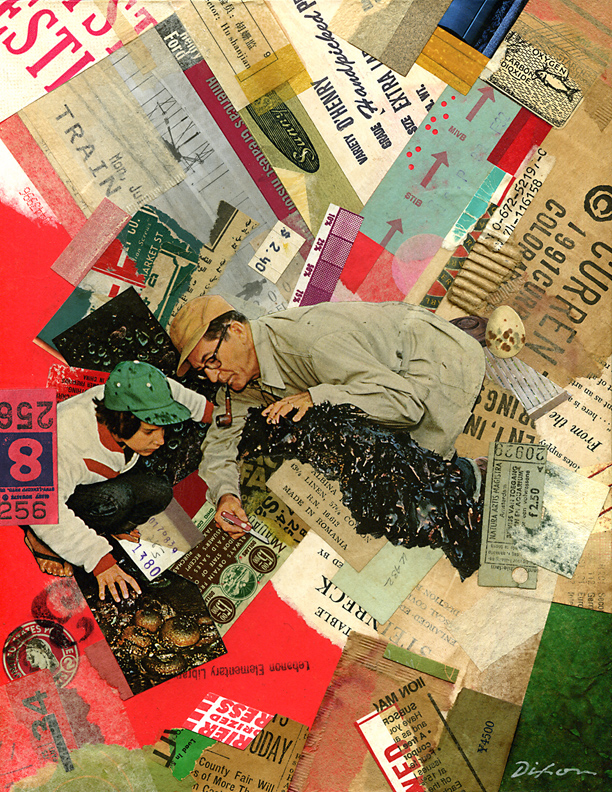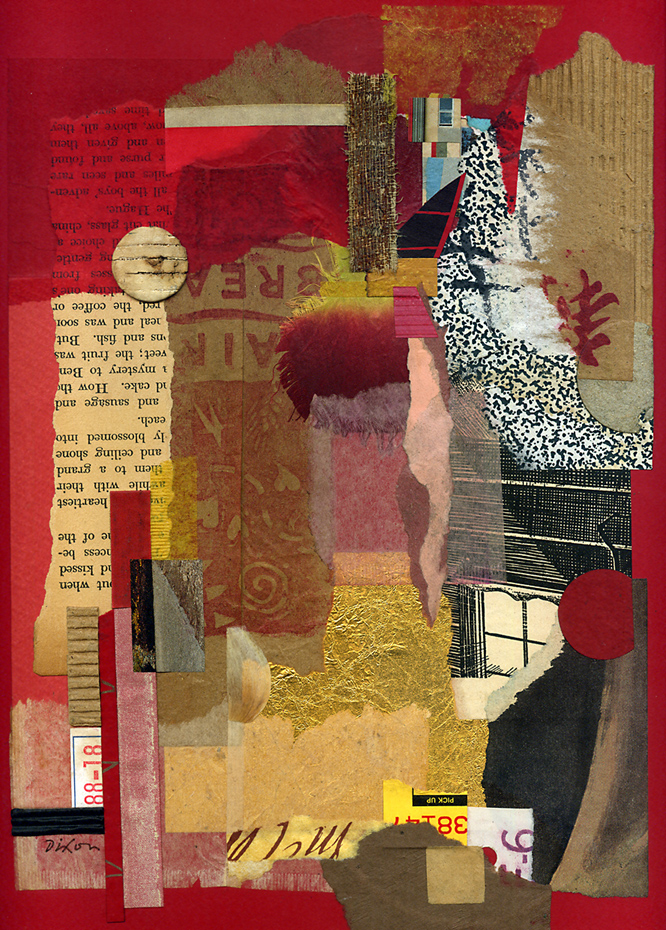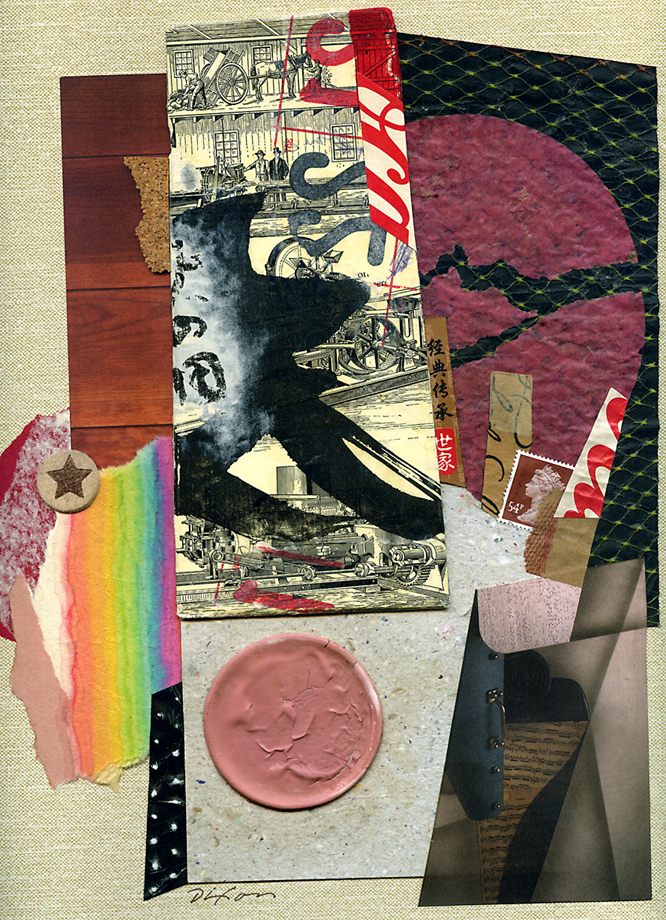“Great performers focus on what they are doing, and nothing else…They let it happen, let it go. They couldn’t care less about the results.”
— John Eliot“When we are no longer able to change a situation, we are challenged to change ourselves.”
– Viktor E Frankl
Completion brings varied doses of relief, disappointment, astonishment, regret, and pride. To sort them out, it is beneficial to self-assign the task of tight scrutiny while a measure of internal evaluation is front of mind. It is sometimes interesting to experience a perceptible transition from “hate it” to “that ain’t bad” — or from “wow, cool” to “perhaps if I had instead.”
With Synthesis, I found that I didn’t need for a state of high criticism to slowly diminish. This time around, a sense of broad satisfaction could not be denied. Even so, I undertook my customary ritual of zoomed-in photo crops, looking for strengths and weaknesses before the full aura of the creative process had faded. The handy smartphone camera makes for an uncomplicated post-mortem examination. Self-directed questions don’t always have answers, but it is important to ask them anyway. Have you made effective use of your ingredients? Did you achieve your hoped for balance of design logic and intuitive spontaneity? Is there a coherence when you compare the overall impression from a distance and the up-close, microcosmic structure? Were your original aesthetic goals for a well-composed yet “maximalist” effect fulfilled?
Synthesis (six details for study)
collage on canvas by J A Dixon
48 x 36 inches
available for purchase
